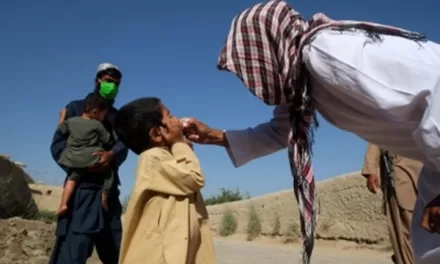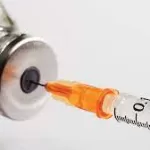New Delhi, July 7, 2024 – In a significant move to educate the public about animal diseases, the Department of Animal Husbandry and Dairying (DAHD) emphasized that not all animal diseases are zoonotic during an interactive session held in observance of World Zoonoses Day. The event, chaired by the Secretary of Animal Husbandry and Dairying, aimed to clarify the differences between zoonotic and non-zoonotic diseases to prevent misinformation and unwarranted fear.
Understanding Zoonoses
Zoonoses are infectious diseases that can be transmitted between animals and humans. Notable examples include rabies, anthrax, influenza strains H1N1 and H5N1, Nipah virus, Covid-19, brucellosis, and tuberculosis. These diseases pose significant public health risks and require vigilant monitoring and control measures.
However, the DAHD stressed that not all animal diseases fall into this category. By distinguishing zoonotic from non-zoonotic diseases, the department aims to foster a better understanding of animal health and promote a balanced perspective on the risks posed by animal diseases.
Public Awareness and Health Strategies
“Raising awareness aids in early detection, prevention, and control, ultimately protecting public health. Educating the public about the distinction between zoonotic and non-zoonotic diseases helps reduce unwarranted fear and promotes a more informed approach to animal health and safety,” a DAHD spokesperson stated.
In line with these educational efforts, the DAHD has launched several initiatives to combat zoonotic diseases. Among these is a nationwide campaign for Brucella vaccination of bovine calves under the National Animal Disease Control Programme. Additionally, rabies vaccination campaigns are being conducted under the Assistance to States for Control of Animal Diseases program.
Nationwide Surveillance and One Health Approach
The DAHD is implementing a comprehensive nationwide surveillance plan targeting economically significant animal diseases. This plan is part of the broader One Health approach, which integrates efforts across multiple sectors to achieve optimal health outcomes.
A key component of this strategy is the National Joint Outbreak Response Team, which includes experts from the Ministry of Health and Family Welfare, the Indian Council of Medical Research (ICMR), the DAHD, the Indian Council of Agricultural Research (ICAR), and the Ministry of Environment, Forest and Climate Change.
India’s Livestock and Poultry
India’s vast livestock population, which includes 536 million livestock and 851 million poultry, represents a significant portion of the global totals—approximately 11 percent of global livestock and 18 percent of global poultry populations. As the world’s largest producer of milk and the second-largest producer of eggs, India’s animal health policies have substantial global implications.
Celebrating World Zoonoses Day
World Zoonoses Day is celebrated annually on July 6, in honor of Louis Pasteur, who administered the first successful rabies vaccine on this day in 1885. This milestone in medical history underscores the importance of ongoing efforts to control zoonotic diseases and safeguard public health.
By highlighting the distinctions between zoonotic and non-zoonotic diseases, the DAHD aims to equip the public with knowledge to make informed decisions about animal health and safety, thereby reducing unnecessary fears and fostering a more balanced view of the risks associated with animal diseases.












